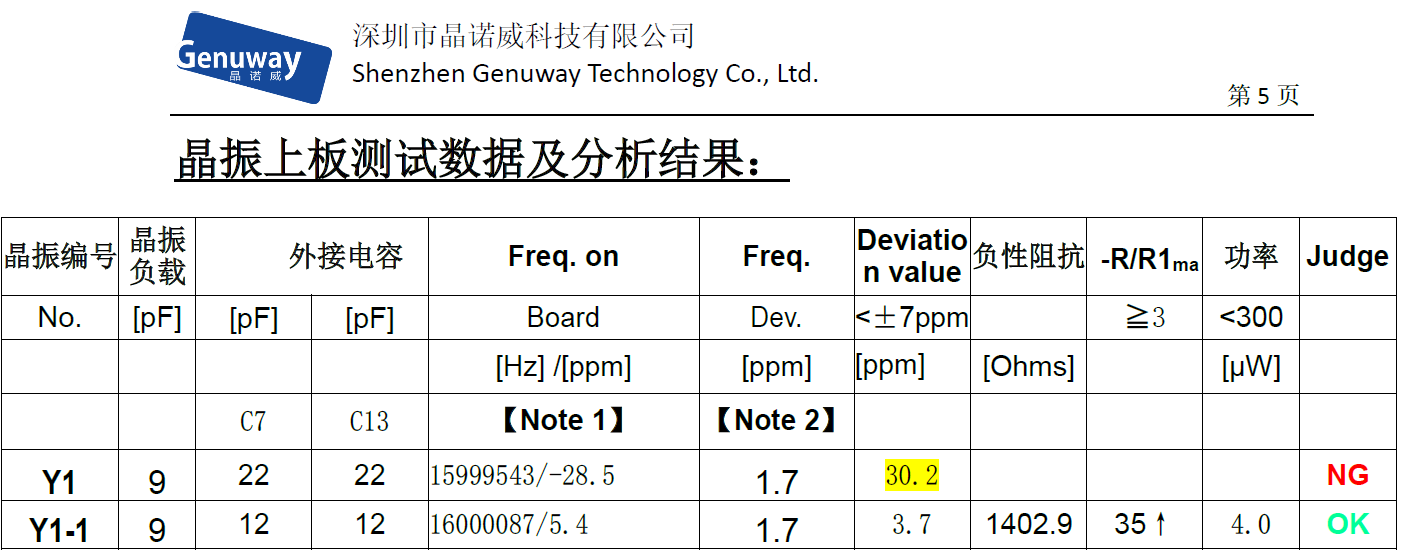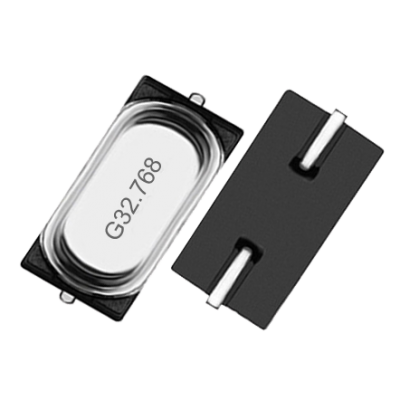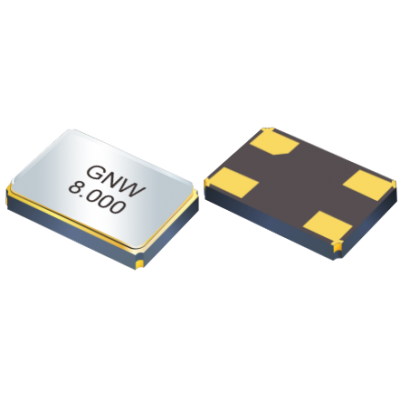
关于晶振频率偏差对RF射频类产品的影响,晶诺威科技解释如下:
The total tolerance of a crystal is dependent on three factors:
晶体谐振器的总频率偏差基于三个因素:
![]() Production tolerance 生产时造成的频率偏差
Production tolerance 生产时造成的频率偏差
![]() Temperature tolerance 温度变化造成的频率偏差
Temperature tolerance 温度变化造成的频率偏差
![]() Aging 年老化造成的频率偏差
Aging 年老化造成的频率偏差
All of these values are given in [ppm] (parts per million) and can be found in the manufacturer’s data sheet. To get the total maximum tolerance of a certain crystal all these factors must be accounted for.
所有这些数值均以“ppm”(百万分之…)计算,并可在晶振生产厂家的产品手册中找到。若要获得某一晶振的总的最大频率容差,上述三种因素必须全部考虑在内。
For RF devices,Crystal frequency deviation is directly transferred to RF deviation (ie, signal strength, signal distance, data transmission speed, etc), thus a deviation in the crystal oscillator frequency of X ppm leads a deviation in carrier frequency of X ppm. Therefore, it is important to select a crystal with performance within the limits of the RF specifications. Of course, the end products expected age and operating conditions (temperature) must be taken into consideration.
对于RF射频设备来说,晶体谐振器频率偏差会直接转化为射频(RF)偏差(包括信号强度、信号距离、数据传输速度等),从而在晶体振荡器中产生偏差。X ppm的频率导致载频X ppm的偏差。因此,重要的是要选择一个性能在RF规格的限制范围内的晶体。当然,预期的最终产品必须考虑到晶体的年老化率和工作条件(温度)。
了解蓝牙晶振匹配范例,请点击本网站链接:蓝牙芯片QFN32(Bluetooth 5.2)与16MHz晶振







